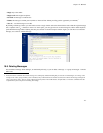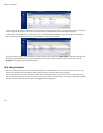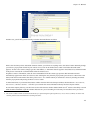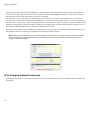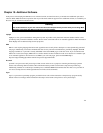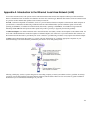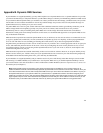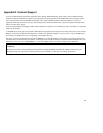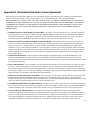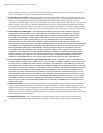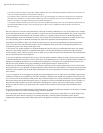Appendix C. Proxy Servers
The server comes with a proxy server called Squid which can proxy the web (HTTP), FTP and Gopher protocols. Proxy servers
temporarily store information from the Internet on the hard drive of the server, allowing other users to access it directly from that
hard drive. For example, when an employee visits a web page, the web proxy server will store that web page. Subsequent visitors to
that web page will read it from your proxy server’s hard drive, rather than over the Internet. This slightly reduces the network
performance for the first visitor to that web page, but can enhance the performance for subsequent visitors.
Many gateway systems require the use of proxy servers, but with the server it is optional. Networked applications such as web
browsers will work perfectly without proxying, due to the IP masquerading capability of the server.
In general, we recommend that proxying be disabled in your network applications. Using the proxy server can benefit the
organization if you have a slow Internet connection and you’ve installed your server software on a fast computer. In this case, reading
from the hard drive will be faster than reading from the Internet. Remember, though, that a proxy server benefits the second and
subsequent visitors to a site but not the first visitor, so this benefit only applies if your users tend to visit the same sites repeatedly.
A proxy server is generally not appropriate if you have a fast Internet connection and you’ve installed your server software on a
lower- or mid-level computer. In this case, reading from the hard drive of the computer may not be faster than over the Internet. It
also offers no benefit to your organization if employees at your site do not tend to visit the same web pages.
125



